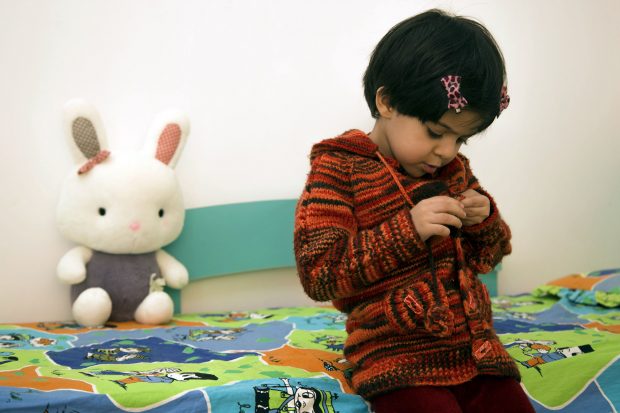Outdoor Classes for Nomads
In Iran, kindergartens have been developed during the past few decades. In fact, thanks to the modernization, Iranian women started working more and more and needed kindergartens for their children. Moreover, even if the number of children per family has decreased, young Iranians changed their lifestyle and need more kindergartens. For those reasons, the government created kindergartens that can help children increase their learning capacity and knowledge. However, the majority of kindergartens are still private.
After several decades in which the pre-school service did not exist, a one-year pre-school education for Iranian children has introduced again. However, this is not mandatory. Iranian children can stay in the same class during the pre-school period, but from primary school until the end of high school, girls and boys are separated. Meanwhile, in University mixed classes are allowed. In less-populated areas, such as villages, boys and girls of different level can study in the same classroom. Those classes are occasionally held in state-sponsored containers, sometimes under nomadic tents or outside during the warm seasons. The teachers in charge of teaching in those classes usually spend lots of time to get there.
According to official statistics, illiteracy is decreasing very fast. In fact, education in Iran is free. Based on the law, the government must provide free classes also in the small and remote areas of the country; in this way, nomads can move and their children can have an education. In pre-elementary schools, part of the education is usually provided through games and entertainment. In the end, considering the pre-school year, Iran education takes 13 years.
By Alireza Bahrami


























































